Packing a carry-on bag seems simple — until you’re trying to fit a week’s worth of clothes into a space the size of a small microwave. Airlines keep shrinking overhead bin allowances while travelers keep needing more stuff, creating a puzzle that stumps even experienced packers. The secret isn’t magic — it’s knowing which items deserve precious space and which clever techniques work in real-world situations.
Mastering carry-on packing transforms your entire travel experience by eliminating checked bag fees, reducing airport wait times, and ensuring your essentials stay with you no matter what happens to connecting flights. Here is a list of 20 proven tips that’ll help you pack everything you need without exceeding size limits or creating a disorganized mess.
Choose the Right Bag Size
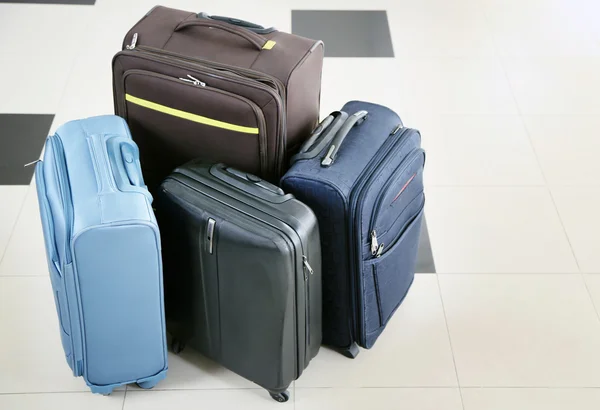
Invest in a carry-on that maximizes airline size limits without going over — most airlines allow bags up to 22 x 14 x 9 inches, so find one that uses every inch of that space. Hard-shell cases protect fragile items better, while soft-sided bags can squeeze into tight overhead bins more easily.
Test your packed bag with a luggage sizer before heading to the airport, because gate agents have zero tolerance for bags that are even slightly oversized.
Roll Clothes Instead of Folding

Rolling clothes eliminates air pockets and can increase your packing capacity by up to 30% compared to traditional folding methods. This technique works especially well for t-shirts, jeans, and casual dresses that don’t wrinkle easily.
For dress shirts and formal wear, use tissue paper or dry cleaner plastic between folds to prevent creasing while still keeping everything compact.
Like Travel Pug’s content? Follow us on MSN.
Wear Your Heaviest Items

Boots, thick coats, and heavy sweaters take up enormous amounts of space in luggage but weigh nothing when you’re wearing them during travel. This strategy works particularly well for winter trips or destinations with unpredictable weather.
You might feel slightly overdressed in the airport, but you’ll appreciate the extra space in your bag for souvenirs and other essentials.
Pack One Week Maximum
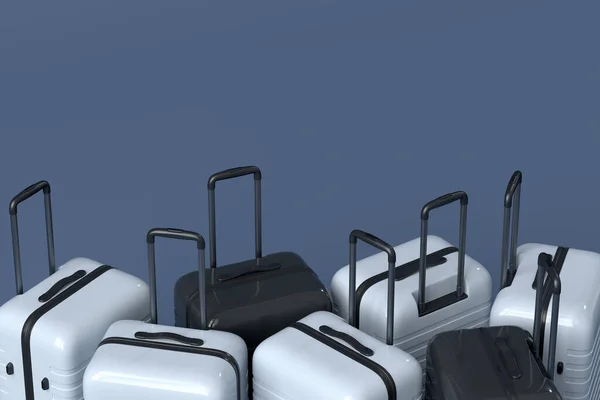
Regardless of trip length, pack for only one week and plan to do laundry as needed. This approach forces you to choose versatile pieces that work for multiple occasions, preventing overpacking that leads to heavy, unwieldy bags.
Most destinations have laundromats, hotel laundry services, or, at a minimum, a sink where you can wash essential items overnight.
Use Packing Cubes Strategically
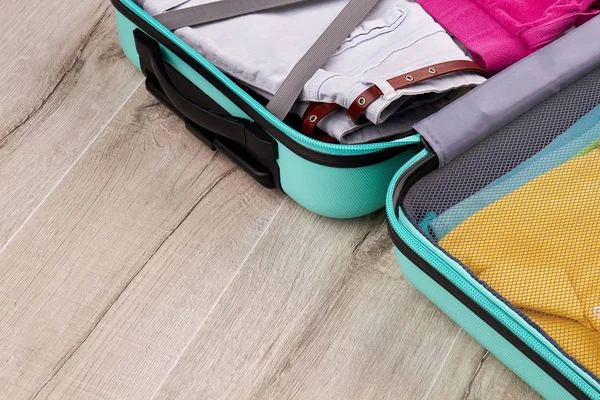
Packing cubes organize your belongings and compress soft items to create more space, but avoid overpacking with too many small compartments. Use one cube for tops, another for bottoms, and a third for undergarments and socks.
The compression zippers on high-quality packing cubes can reduce clothing volume by 20–30%, making a noticeable difference in tight spaces.
Like Travel Pug’s content? Follow us on MSN.
Master the 3-1-1 Liquids Rule

All liquids must fit in containers of 3.4 ounces (100ml) or less, placed in a single quart-sized clear bag that you can remove quickly at security checkpoints. Buy travel-sized versions of your essential toiletries or transfer products into smaller containers before packing.
Many hotels provide basic toiletries, so consider whether you need to bring full-sized shampoo and conditioner for short trips.
Choose Versatile Footwear
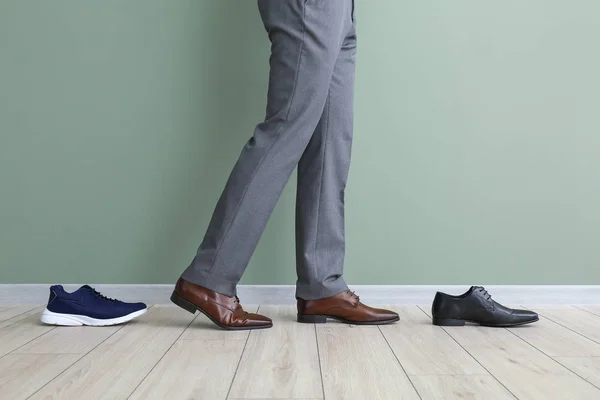
Limit yourself to the shoes you’re wearing plus one additional pair that works for multiple situations. A pair of comfortable walking shoes can handle sightseeing, casual dining, and light hiking, while dress shoes work for business meetings and nice restaurants.
Flip-flops or sandals take minimal space and provide options for hotel rooms, beaches, or pool areas.
Pack Duplicate Essentials
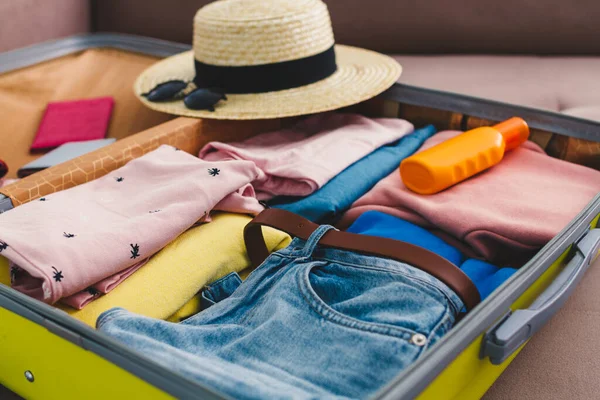
Bring backup chargers, an extra pair of underwear, and essential medications in case your checked luggage gets delayed or lost. These items take minimal space but can save your entire trip if something goes wrong with your main luggage.
Pack these backup items in easily accessible pockets so you can find them quickly if needed.
Like Travel Pug’s content? Follow us on MSN.
Layer for Climate Control
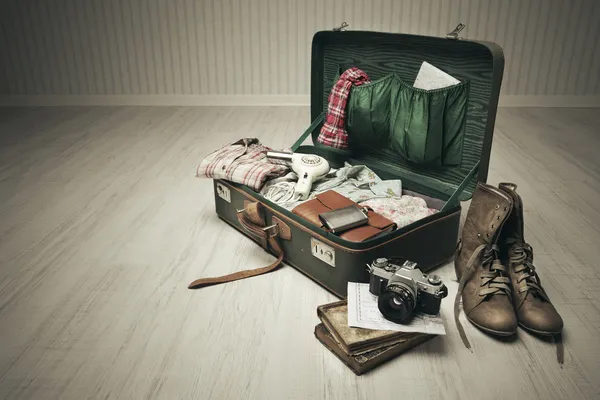
Instead of packing one heavy jacket, bring multiple lighter layers that you can combine for warmth or wear separately in different weather conditions. A light sweater, rain jacket, and scarf can handle a wider range of temperatures than a single heavy coat.
This layering approach also gives you more outfit options without taking up additional space.
Utilize Every Pocket and Compartment
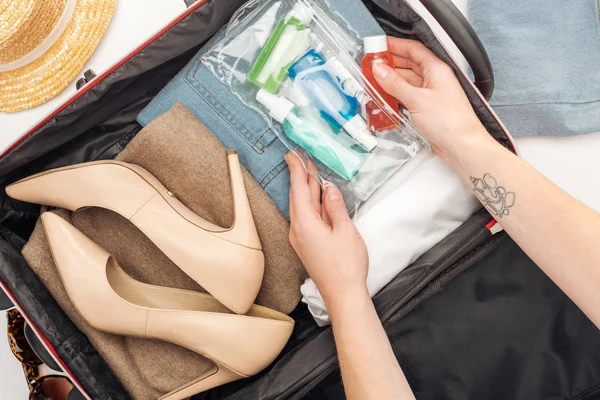
Modern carry-on bags include multiple pockets designed for specific purposes — use them strategically rather than throwing everything into the main compartment. Store electronics and chargers in padded laptop compartments, put documents in exterior pockets for easy access, and use interior mesh pockets for small items that otherwise get lost in larger spaces.
Limit Electronic Devices

Each electronic device requires its charger, cable, and often protective case, which adds up quickly in terms of weight and space. Choose devices that serve multiple purposes — a smartphone can replace a separate camera, music player, and e-reader for many travelers.
Tablets can handle entertainment, work tasks, and navigation without needing a laptop for shorter trips.
Like Travel Pug’s content? Follow us on MSN.
Pack Wrinkle-Resistant Fabrics
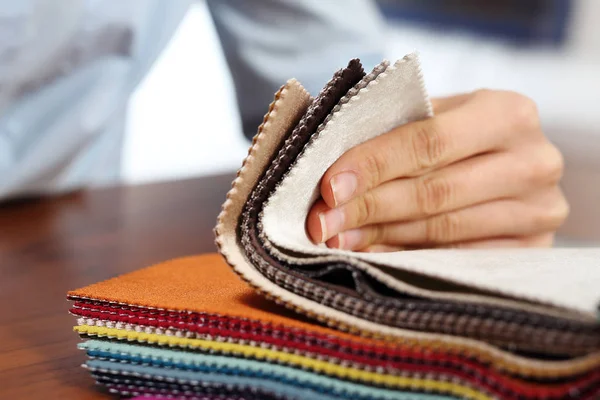
Choose clothing made from synthetic blends, merino wool, or other fabrics that resist wrinkling and maintain their shape even when packed tightly. These materials also tend to dry faster if you need to wash items during your trip.
Cotton t-shirts and jeans travel well, while linen and silk require more careful packing to avoid looking rumpled.
Bring Multi-Purpose Items
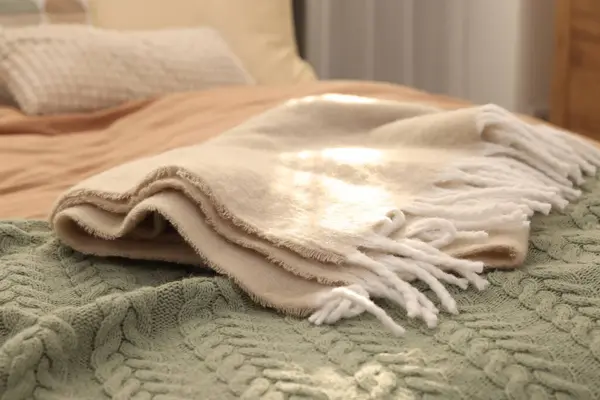
Pack items that serve multiple functions to maximize the value of every ounce in your bag. A sarong can work as a blanket, towel, scarf, or cover-up depending on your needs.
A smartphone with offline maps, translation apps, and travel guides replaces multiple separate items that previous generations of travelers needed to carry.
Access Flight Essentials Easily
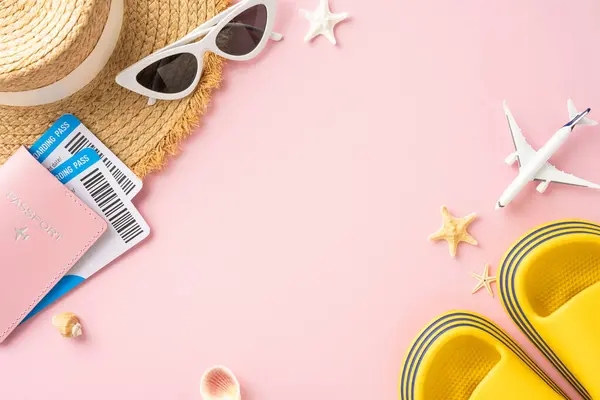
Pack items you’ll need during the flight in exterior pockets or the top of your main compartment, where you can reach them without unpacking everything else. This includes headphones, phone chargers, snacks, medications, and entertainment devices.
Nothing is more frustrating than having to dig through your entire bag while other passengers wait to access the overhead bin.
Like Travel Pug’s content? Follow us on MSN.
Balance Weight Distribution
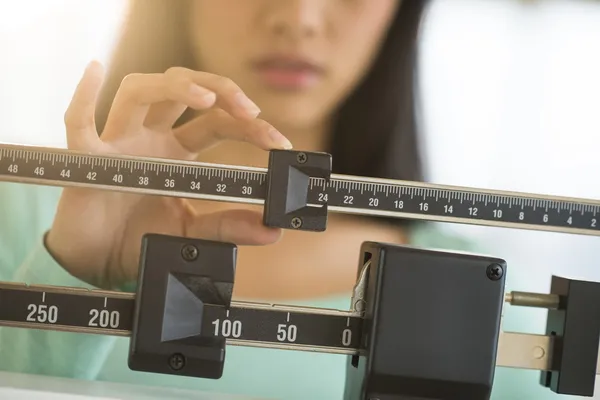
Pack heavier items like shoes and electronics toward the bottom and center of your bag to prevent it from tipping over or becoming difficult to maneuver. Uneven weight distribution makes rolling luggage harder to control and can stress zippers and handles.
A well-balanced bag is easier to lift into overhead bins and less likely to fall over when opened.
Pack for Your First Day
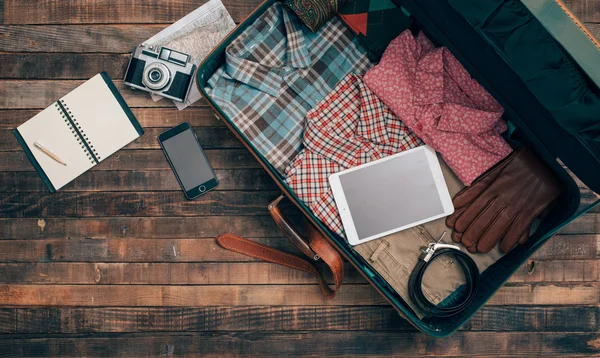
Include at least one complete outfit and essential toiletries in your carry-on so you can function normally if your checked luggage gets delayed. This outfit should work for your planned activities on arrival day and make you feel presentable after a long flight.
Many experienced travelers pack their first two days’ worth of clothes in their carry-on as extra insurance against luggage mishaps.
Use Compression Techniques
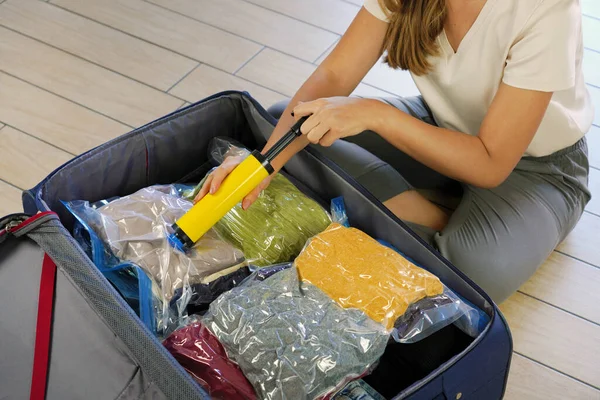
Vacuum bags and compression sacks can significantly reduce clothing volume, but remember that compressed items still weigh the same amount. Use these tools selectively for bulky items like sweaters or jackets rather than trying to compress your entire wardrobe.
Some compression bags can be reused during your trip to pack dirty laundry separately from clean clothes.
Like Travel Pug’s content? Follow us on MSN.
Minimize Jewelry and Valuables

Expensive jewelry and electronics create security concerns and take up space that could be used for more practical items. Bring only jewelry you’ll wear, and consider leaving valuable pieces at home entirely. If you must travel with expensive items, carry them on your person rather than packing them where they could get lost or stolen.
Expensive jewelry and electronics create security concerns and take up space that could be used for more practical items. Bring only jewelry you’ll wear, and consider leaving valuable pieces at home entirely. If you must travel with expensive items, carry them on your person rather than packing them where they could get lost or stolen.
Plan for Laundry Solutions
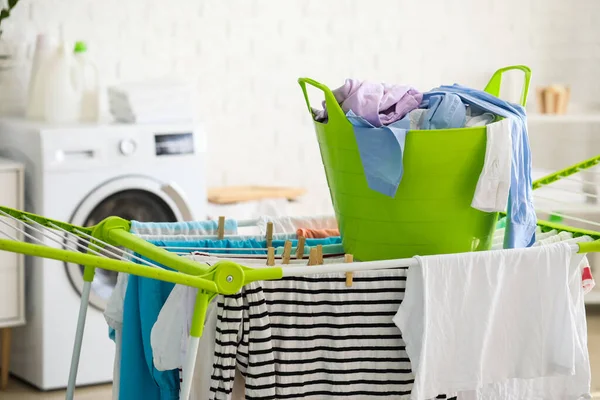
Pack a small amount of laundry detergent or soap specifically designed for hand-washing clothes in hotel sinks. This allows you to refresh essential items like underwear and socks without finding a laundromat or paying hotel laundry fees.
Quick-dry fabrics make this strategy even more effective since hand-washed items will be ready to wear the next morning.
Leave Room for Souvenirs
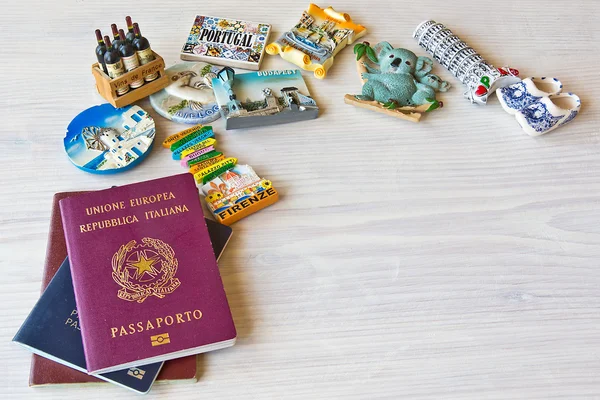
Pack your carry-on at about 80% capacity to leave space for items you’ll acquire during your trip. This strategy prevents you from having to buy an additional bag or ship items home, which often costs more than checking a bag in the first place.
Remember that you’ll likely return home with more stuff than you left with, so plan accordingly from the beginning.
Like Travel Pug’s content? Follow us on MSN.
From Steamer Trunks to Smart Packing
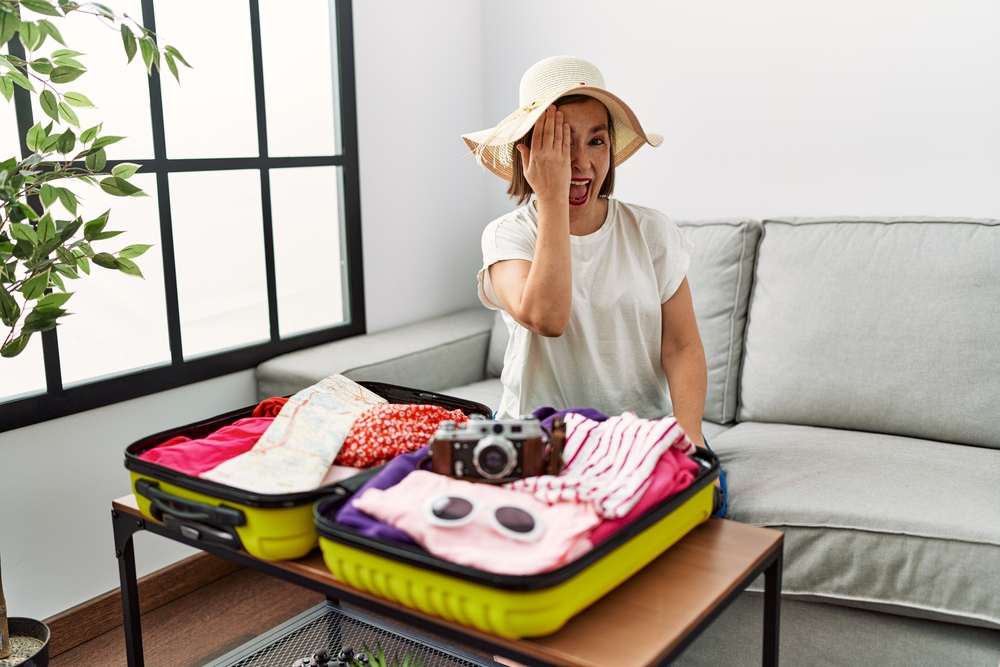
The evolution of travel packing reflects broader changes in how we move through the world and what we consider essential for survival away from home. Where Victorian travelers brought steamer trunks full of formal clothing and elaborate toiletry sets, modern travelers have learned to distill their needs down to a single bag that fits in an overhead compartment.
This transformation isn’t just about airline restrictions or convenience — it represents a fundamental shift toward valuing experiences over possessions and mobility over comfort.
The carry-on masters of today understand that perfect packing isn’t about bringing everything you might need, but rather about getting exactly what you will use while maintaining the flexibility to adapt to unexpected situations. The real skill lies not in fitting more stuff into less space, but in recognizing which possessions truly enhance your travel experience versus which ones simply provide false security.
More from Travel Pug

- 20 Best Beach Towns in the Carolinas
- 13 Destinations Where Tourists Regularly Regret Their Trip
- 20 Things You Actually Get in First Class
- 20 Small Airports With Aviation Museums
- 20 Places in the U.S. That Are Perfect for a Reset Trip
Like Travel Pug’s content? Follow us on MSN.
